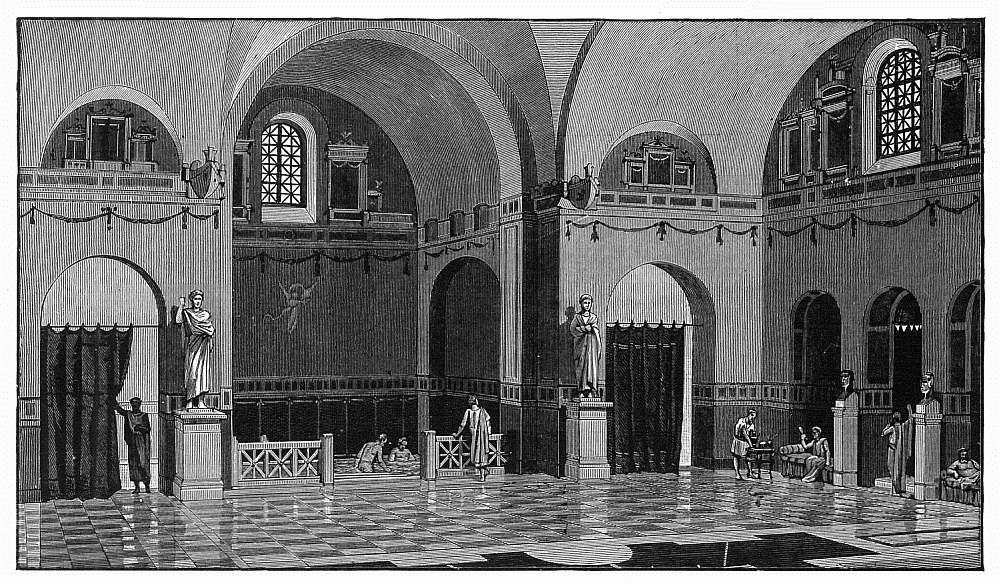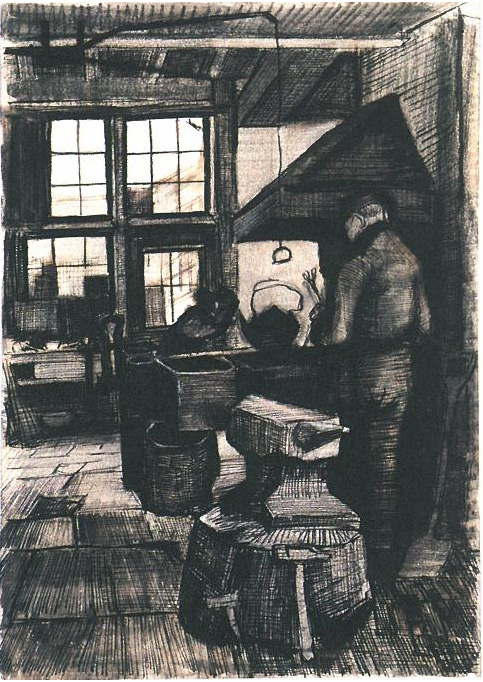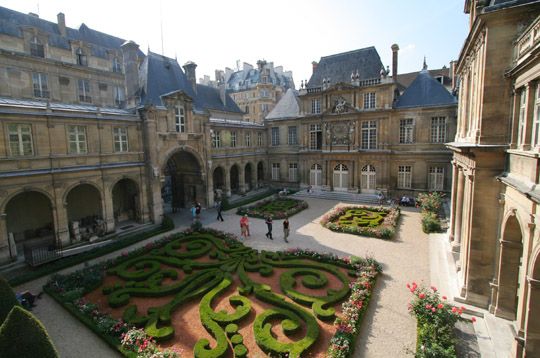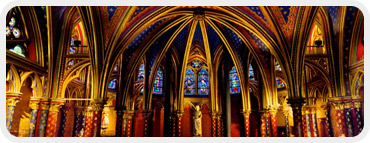Vic Damone – On The Street Where You Live
Voici une carte. Drawn by yours truly. This is where I live, the streets I most often frequent, the places I most often go, and a few landmarks to help you place it all. (All pictures taken by me. I suppose that'll be rather obvious and you'll ask me to return to my google searched images.)
1. Boulevard Raspail - The Street Where I Live. I couldn't help but think of the song, so I decided to link a version of it to all of you. Surprisingly, I have not been up and down this street much further than what is drawn here. I must put that on my to-do list. But it is a nice street.
2. Jardin du Luxembourg - Left out of my door, Left on Rue Sainte-Beuve, Right on Notre-Dame-des-Champs, Left on Vavin and tout droit until the garden. I spent at least an hour here every day, writing, watching, giving myself an excuse to leave the apartment. I usually sit in the sun down by the "lake" or up in the shade where the little #2 is.
3. Boulangerie - Here is where the boulangerie I frequent is. I have officially been going there long enough to have been given a warm baguette yesterday. Hurrah for me.
4. Monoprix - This is the grocery store I most often go to, to get the essentials.
5. St.-Michel - Boulevard St.-Michel is one of the roads I use most often to get to the other side of the Seine. I've since been looking for other ways to get there, however, because there are so many people on this street and at least 70% of them smoke. I love walking this street at 9am on a Sunday morning. Empty and beautiful.
6. Boulevard St.-Germain - An important boulevard in Paris, but also for my time here.
7. Hotel de Cluny - On St.-Germain is the Hotel de Cluny where the Musée du Moyan Age and the jardin l'agrément médiévale (Medieval Pleasure Garden) is. Despite how sinful this garden sounds--there is a history that lessens the sound of scandal and I reserve judgement until the hereafter when I learn more about who used them and why--it is a beautiful and well-kept space.
8. Cinéma - Also on St.-Germain are several cinema's, which I go to...to see movies. Does this really surprise you?
9. St. Sulpice - Included on the map is rue Bonaparte which runs straight through to St. Sulpice and St.-Germain-des-Prés. St.-Sulpice may be my favorite church in Paris, though don't hold me to the decision until I've seen them all. This is the one I most often come back to, to sit, write, and attend concerts/mass.
10. Village Voice - At the behest of rem who informed me about this gem of a bookshop, I have gone to Village Voice several times as my go-to for books in English. I plan to make another trip today. It's just off Rue du Four, a medieval road off of St.-Germain.
11. St.-Germain-des-Prés - The oldest church in Paris written about in a prior blogpost.
 12. franprix - I consider this larger franprix a reward for aimless wandering, as I decided to go down rue Mazarin one day instead of a street I was already familiar with. It has a larger selection of fresh produce. I buy fruit here. Mangoes. Strawberries. Wonderful, wonderful things.
12. franprix - I consider this larger franprix a reward for aimless wandering, as I decided to go down rue Mazarin one day instead of a street I was already familiar with. It has a larger selection of fresh produce. I buy fruit here. Mangoes. Strawberries. Wonderful, wonderful things.13. 56 rue du Jacob - More on this later, when I write about American Paris. This is the site of where the treaty for American Independence was signed with Britain by Benjamin Franklin.
14. Crepes - Here on St.-Germain is where my favorite crepes are made. Also, they are cheapest here.
15. Notre-Dame - On Ile-de-la-Cité. I walk past Notre-Dame on my way to church on Sundays. I love walking by and sitting in this area because of the sheer number and diversity of people who come every day. Good memories here.
16. Pont Neuf - "New Bridge," named because it was the newest bridge at the time it was built. It is now the longest standing bridge connecting the "Right" and "Left" rivers. Made of stone, the older medieval bridges were made of wood and had houses built into them.
17. Hotel de Ville - I walk past Hotel de Ville to get to church. It's the "City Hall" of Paris.
18. l'Église de Jésus-Christ des Saints des Derniers Jours - Where I go to church. Down Hotel de Ville, down rue du Temple, Left on St. Merri, #12, you're there.
19. Louvre - Because I know you've been wondering where it is in relation to everything, and its surprisingly close. There are several museums here, including the well-known Musée du Louvre. Also here is the Musée Art Decoratifs where you are not allowed to take pictures. But I snapped one--as a gift to Rachel. Pending. Also behind the Louvre is the Jardin Tuileries.
20. Place de la Concorde - More about this place later when I write about the Revolution. But it's the largest open area in Paris, I believe, and right in the middle of it. If you walk down through the Tuileries Garden, and past Place de la Concorde you find the Avenue Champs-Elysées and eventually the Arc de Triomphe.
--
Some tidbits (things I've noticed, rules--or lack thereof--of spaces, how areas are used, etc.)
1. Most streets in Paris are one-way. This is usually because most streets are too narrow to be two-way.
2. Pedestrians in Paris are--by far--the most inconsiderate pedestrians in existence. Blame it on tourists, if you like, but I really don't think they're the ones to blame.
3. Large open areas unused by cars are always used for football (soccer) by children, teenagers or young men.
4. It is not strictly kosher to eat while walking. However, there is enough sitting space throughout the entire of Paris for you not to have to walk too long before you can sit down and eat. Among those who are sitting, there are always several eating.
5. Using two chairs at the Garden of Luxembourg is expected. One for you and one for your feet. This is not considered rude, no matter how crowded the garden is.
6. The gypsies who say they are deaf and mute are not deaf or mute. Charitable donations are expected to be at a minimum 25 euros. My happiness is showing, I'm sure.
7. There is no such thing as jaywalking in Paris. You may walk wherever you like, whenever you like so long as there are no cars/bikes/scooters coming your way.
8. You have fifteen to twenty seconds after the crosswalk tells you to stop crossing before cars get a green light.
9. You are expected to frequent a boulangerie. They do eventually recognize you, and they treat you better for it. Tried and true.
10. Parisians frequently walk around the city listening to music on their iPods. I know you think this doesn't surprise you because in theory it doesn't surprise me either. But in practice, it is a bit strange.
11. There are no large one-stop shops anywhere in Paris. Nothing like malls with department stores, nothing like Target. There are areas like the Promenade in Santa Monica--outdoor malls, so to speak. But I have not found anything like a Macy's or a JC Penneys. There are a lot of little boutiques for clothing instead, most of them seemingly specializing in shoes.
12. 'Bonsoir' is for after about 5pm and they really do say 'Au revoir' after every transaction. Reciprocation is, I think, appreciated.
13. There are no rules about which side of the sidewalk to take when coming head to head with other pedestrians. Anglo's are more aware of pedestrian patterns than others (which I judge purely off of who is speaking what languages) and will move off to the side so others can get by or will made enough room on sidewalks for two-way foot-travel.
14. Men are allowed to call you out on how you look. Or at least say, "Ah, Mademoiselle." They usually expect a smile, and not much else. (To date, anyway.)
15. No one minds if you stand in front of a menu or a choice of grocery items for a long time to make a decision. Are the French indecisive? I don't know, but they don't mind taking their time making a choice.
16. Sun bathing is still a "thing." Old men do it in French gardens. They remind me of the body-builders on Venice beach.
17. The gendarmerie are the best-looking group of men in Paris. Also, harmless. Smiling at them will not wind you up with a $132 ticket. (Though, I wouldn't really put the harmless comment to the test, particularly when they're on the job, because some of them are also the largest men in Paris.) They stand outside of important government buildings, on streets during demonstrations and political rallies, on many of the bridges in groups of twos or threes, and occasionally direct traffic.
18. Tickets for film showings sell ten minutes before the film starts. If it starts at 10:40am, they sell tickets at 10:30am. If its the first show of the day, the cinéma does not open until 10:32am. Yes.
19. The consumer/client is not God in France like they are in the US. If it's inconvenient for you that your grocery story closes early, opens late, or is closed for entire days at a time, too bad. Deal with it. Stop by when they are open, or memorize their schedule, or stop expecting to eat what and when you want. Be flexible.
20. Old women and middle-aged men are the most likely to let you practice your French. True.












































